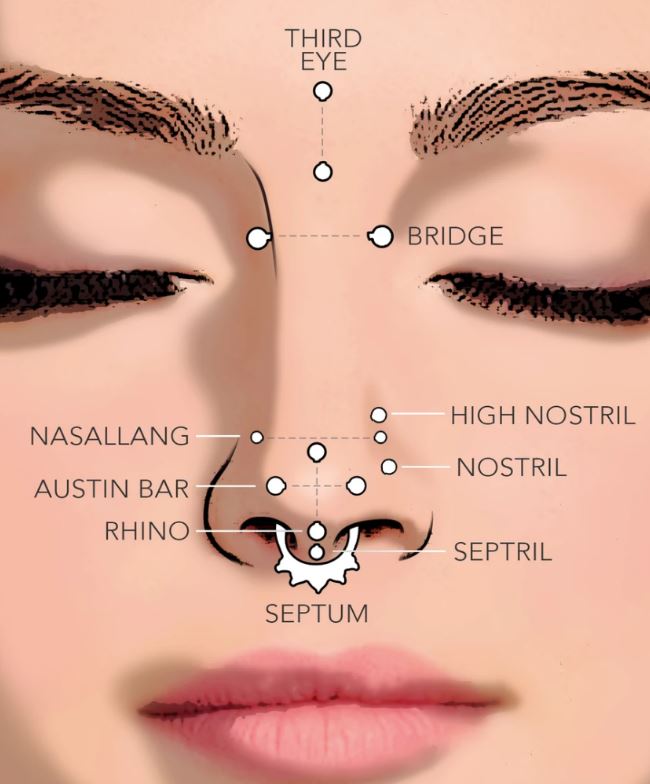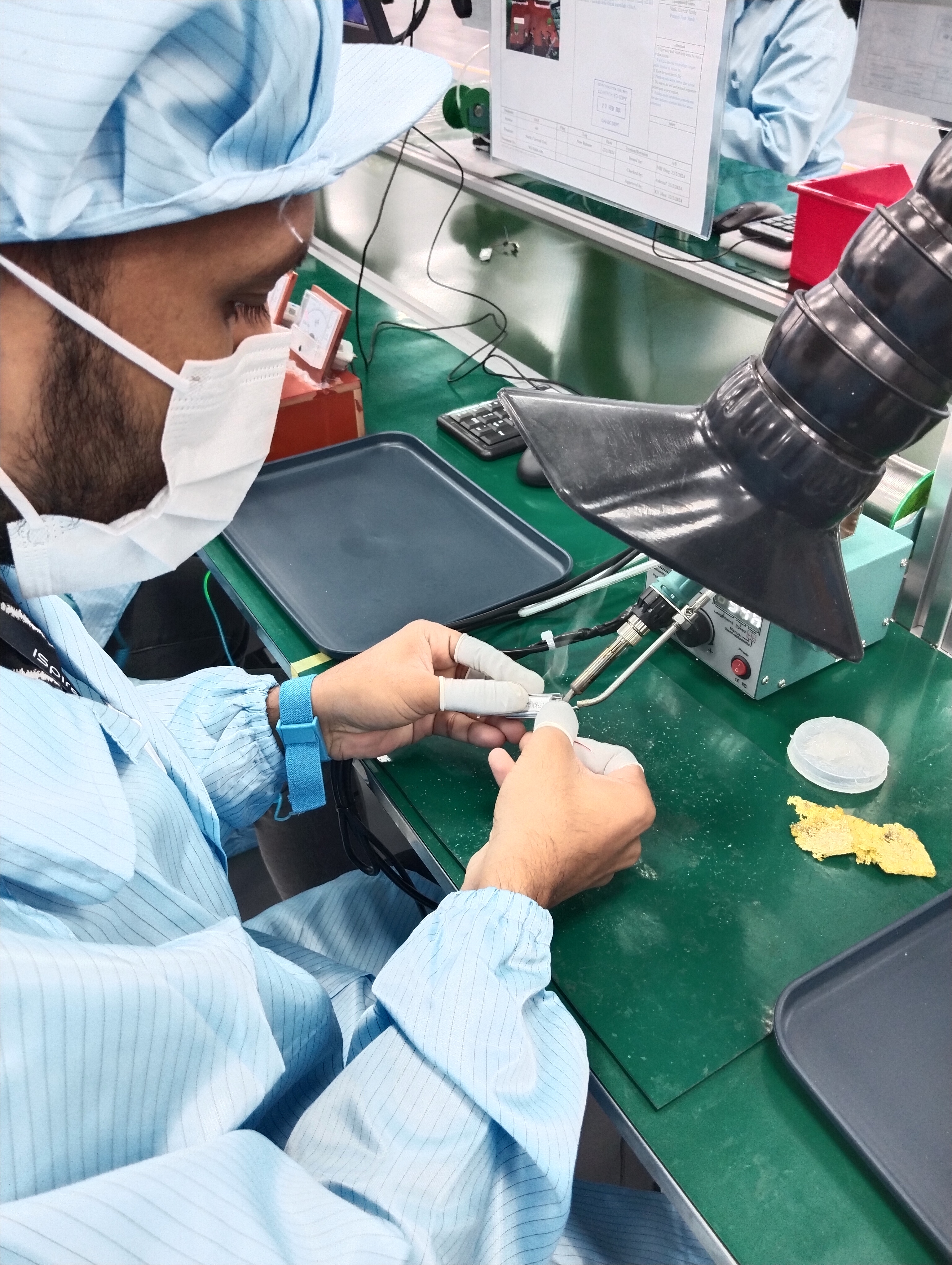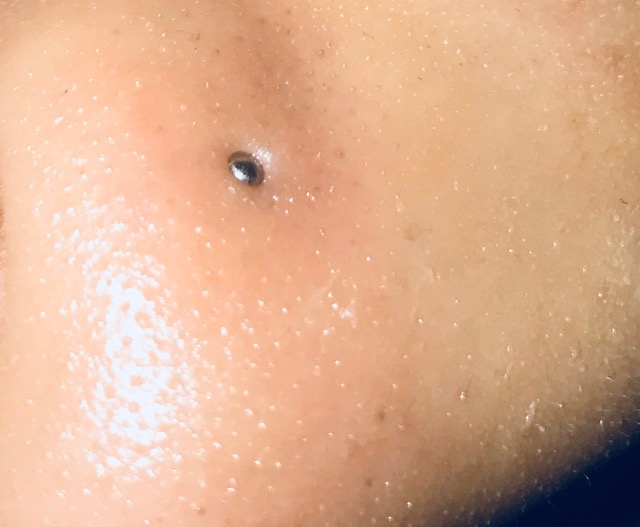Sponsor Ads
Non-China Vape, 510 Cartridges & Battery Device Maker
If you are going for a vape manufacturer out of China we are you best choice. We offer a alternative vape production location with a very competitive price. You can save money by buying directly from us the manufacturer, without any middlemen or extra fees. You can also enjoy discounts for bulk orders and special offers for long term & loyal customers.
We offer small trial orders where you can test the quality and performance of the products before placing a large order. Fast shipping and cheaper shipping cost from Malaysia and Singapore ports. You don't have to wait long to receive your products.
Contact Us!
Contribute for our website Maintenance! We want to keep it free for all visitors.
Trending Best Sellers
Know the Symptoms of SARS and How to Save Yourself From the Virus
Trending Best Sellers
Before getting to know the symptoms of SARS, please be aware that SARS is an extremely dangerous respiratory virus that causes severe symptoms among humans. Statistics from past outbreaks show that roughly one in ten people are at risk of dying from the virus.
Here is a look at some of the symptoms of SARS, along with its spread and potential treatments.
What are the Symptoms of SARS?
Symptoms of SARS include a very high fever, constant fits of coughing, trouble with your breathing and significant shortness of breath. Similar to the common flu, people who find themselves infected with SARS end up struggling to stay active, because they are always extremely tired.
It is also normal to experience intense pain in different parts of your body. Similar to aches from exercising too much, SARS patients have a lot of discomfort and soreness in their muscles.
Unlike the common flu, SARS also carries symptoms that trouble your stomach. SARS patients have a lot of trouble keeping food down, while also suffering from diarrhea and vomiting. It is normal for a SARS patient to constantly feel nauseous.
It is likely that you are going to suffer a rapid loss of appetite while experiencing the other symptoms of SARS virus.
Thanks to these severe symptoms, it is crucial for SARS patients to visit a hospital as soon as they show signs of the condition.
Patients who try to stay home and get better are putting themselves at far greater risk of dying. Keep in mind, one in ten SARS patients die - even though most of them visit a hospital. If you are sick with SARS and do not go see a doctor, your chances of dying are extremely high.
How does SARS Spread?
SARS is an airborne virus that spreads in a similar manner to the common flu virus. It is often spread from one person to many other people. This spread happens because of saliva or through the air when someone coughs or sneezes in close proximity to other people.
The passage through saliva is also fairly common, because people usually drink out of the same glass, share their food or pass around bottles of soda or juice among their friends.
Unlike the common flu, you are not likely to get SARS from someone just by being in their proximity for a few minutes.
This virus is more commonly passed from one family member to another, while people in intimate relationships are also at significant risk of contracting it from each other.
When outbreaks occurred in the past, research showed that a lot of spread occurred in apartment buildings with small units for each person or family.
This was the case because people often spent a lot of time in close proximity, or touched the same objects that an infected person came into contact with.
There were also reported cases of healthcare workers getting the virus from each other. This only occurs when nurses or doctors forget to take the proper precautions while treating patients who suffer from SARS.
For example, if a nurse goes to check on a patient in isolation, but misses one of the steps involved in sterilizing equipment or their clothes after that interaction, she can carry the virus with her.
Here is a look at some generic ways that you can expect SARS to spread among a population:
- Taking a glass that someone used and drinking from it, or by sharing a water bottle with another person.
- Eating food from the same plate as another, or using a utensil that they used to eat.
- Giving someone a close hug or kissing them on the lips and exchanging saliva.
- Standing next to someone for an extended period of time and breathing the air they are exhaling. This also includes breathing the air when they happen to cough.
- Coming into contact with any object that is contaminated by someone who has the virus. For example, going into the room of a contaminated individual and touching various objects.
- Unintentionally touching an object that is contaminated with another individual’s feces. This is common if people do not wash their hands properly after going to the bathroom.
SARS Mask
SARS masks were all the rage in 2002 and 2003, when the virus first spread from Asia to other parts of the world. While a facemask is not 100 percent proven to reduce your risk of getting the SARS virus, they are incredibly helpful. Like any airborne virus, SARS can go from one person to another. If you are wearing an antibacterial facemask, those airborne particles are far less likely to get inside your body.
SARS Death Rate
The worst part of this SARS virus is that a lot of people die after showing symptoms of SARS at first. Unlike the common flu, which only causes death in a small percentage of cases, around one in ten people that gets the SARS virus will die because of it.
This figure comes from the 2002-2003 epidemic, where roughly 8,000 SARS cases were determined by doctors. Out of these 8,000 cases, more than 750 people did not recover. This death rate was the worst among people older than 65.
Treatment of SARS
Unlike other viruses that have spread among humans in the past, scientists and doctors are still unable to find any cure for SARS.
This makes it a very challenging virus to combat, especially if there is another serious outbreak in the future. With a cure not available, most health officials believe that prevention is the best way to save lives when it comes to the SARS virus.
For this reason, a lot of countries have rules that pertain to infected individuals. This means that someone who gets the SARS virus will find themselves transferred to an isolated wing of a nearby hospital.
Keeping people in isolation allows doctors to monitor the various symptoms, while keeping you away from others. With the right prevention tools and a bit of good fortune, there is the possibility of someone getting the virus and going on to live a happy and healthy life.
Types of treatments for SARS symptoms include putting patients on ventilators to help with breathing and giving steroids to treat lung issues.
Related Readings;
Covid-19 Variants of Concern and Variants of Interest
References;
CDC https://www.cdc.gov/sars/about/fs-sars.html
Comments
What you think?
Recent Articles
-
Riche Niche: Health | Lifestyle | Fashion | Marketing | Technology
Mar 14, 25 09:18 AM
Our Riche Niche blog is the easiest way to stay up-to-date with the latest news, trends and articles published on this site. -
The Therapeutic Potential of Medical Cannabis Vaporization
Aug 05, 24 09:32 PM
The use of medical cannabis has been a subject of much debate and research over the years. With the growing acceptance of cannabis for medical purposes, various methods of administration have been exp… -
Amazon Spring Sale: A Season of Spectacular Savings
Mar 18, 24 08:38 AM
Amazon Spring Sale: A Season of Spectacular Savings -
Understanding Nose Piercing Types: A Guide for Teens
Mar 16, 24 09:19 AM
Explore the rising trend of nose piercings among teenagers, understanding the various types and their cultural implications for a stylish appeal. -
Infected Nose Piercing
Mar 16, 24 09:18 AM
You can expect symptoms of infected nose piercing to resemble any other kind of body piercing infection. -
EMS manufacturing services in Malaysia
Mar 09, 24 10:33 PM
Malaysia is one of the leading countries in Southeast Asia that offers EMS manufacturing services to both local and international clients. -
Laundry Business: The Need for Payment System Upgrades
Mar 08, 24 11:14 AM
Discover the benefits of upgrading your laundry business's payment system. Enhance efficiency, increase profits, and improve customer convenience. -
Nose Peircing Store
Feb 18, 24 02:38 AM
A collection of latest at our nose peircing store. -
How to Choose the Right Coffee Maker for Your Needs
Feb 18, 24 02:12 AM
We'll compare the pros and cons of four common types of coffee makers: drip, French press, espresso, and vacuum. We'll also give you some tips on how to choose the right one based on your preferences… -
Emulate Celebrities with Nose Piercings
Feb 06, 24 08:13 AM
Discover the celebrities with nose piercing and get inspired for your next piercing! From studs to septum rings, our list has it all. Read more! -
Types of Nose Rings
Feb 06, 24 08:11 AM
Types of Nose Rings -
Is my nose piercing ring is sinking in?
Feb 06, 24 08:10 AM
Is my nose piercing ring is sinking in? Or just swollen? -
Dry Herb Vape Pens-Discover the Advantages of Malaysian Made
Feb 04, 24 12:39 PM
Choose our non-China dry herb vape pen for its high production standards, strict quality control, and excellent craftsmanship. -
Trinity Nose Ring A Unique Fashion Statement
Feb 03, 24 08:36 PM
Explore the world of trinity nose rings, a unique piece of jewelry that adds elegance and style to your look. Understand the different types and choose the right one for you. -
Redefining Beauty: The Rise of Nose Piercing Trend in the USA
Feb 02, 24 08:34 AM
Explore the evolution of the nose piercing trend in the USA, from ancient tradition to modern expression of individuality.













